Marketing Fall River: The Overview
Median Home Prices
Downtown Boston:
New York:
San Francisco:
Fall River:
$ 900,000
$1,135,000
$1,025,000
$ 183,000
Nearly 100 years ago, the City of Fall River secured its place as the textile capital of the world. Massive granite mills along the Quequechan and Taunton rivers powered the city into an industrial giant. With so many jobs, the city attracted talented workers from around the globe. Elegant Victorian mansions and the Fall River Line steamships became symbols of Fall River’s wealth and prosperity.
Today, Fall River is embarking on a second renaissance. Efforts to diversify the city’s economy are proving successful, leading to new growth in the manufacturing, service, life science and technology sectors. While gleaming new buildings are the mainstays of Fall River’s thriving business parks, the historic mills continue to provide employment opportunities for thousands of city residents.

The City of Fall River offers the business community a unique set of competitive advantages. Real estate, including raw land and existing space, is very affordable. The city’s tax, water and wastewater rates are among the lowest in the state and the country. Fall River’s workforce is talented, experienced, productive and loyal.
Fall River businesses benefit from efficient, inexpensive utility services. Rates for electric power and gas are among the lowest in Massachusetts, and providers will work with customers to ensure that specific needs are met. Verizon’s state-of-the-art telecommunications network meets the highest technological standards.
Finally, Fall River offers residents and employees a variety of housing types at a fraction of the cost of Boston, New York or San Francisco:
INFRASTRUCTURE
EDUCATION
Fall River has a superb network of public, private and vocational schools designed to prepare residents for a successful future. The University of Massachusetts Dartmouth campus is minutes away and the city is home to Bristol Community College. Day and evening classes in a number of disciplines are available at each of these institutions.
Businesses enjoy a close working relationship with area schools, ensuring that today’s students are prepared for tomorrow’s jobs and business challenges. Other educational institutions within close proximity to Fall River include Brown University, Providence College, Roger Williams University, and University of Rhode Island.
TRANSPORTATION
Fall River is well served by an extensive transportation network: an excellent highway system, deepwater port, regional airports and rail freight service. Restoration of commuter rail to Boston is underway.
Land: Interstate I-195 links Fall River west to Providence, RI and New York, via I-95, east to Cape Cod and north to Boston via Routes 24, 128 and 495.
Sea: The Port of Fall River offers a 36′ clear depth and a 96,000 square foot terminal. The port is currently under consideration as a “short-sea shipping” site. This concept emphasizes the use of coastal ocean routes and inland waterways to move cargo. Rail freight delivery is available at this and several other industrial sites.
Air: Boston’s Logan International Airport is 50 miles away, T.F. Green Airport, in nearby Warwick, RI, is within 30 minutes, and the New Bedford Regional Airport is less than 15 minutes from the city.
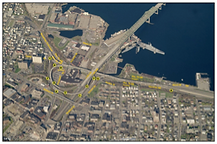


HEALTHCARE

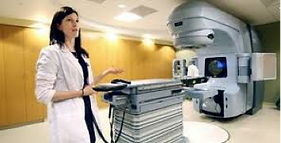
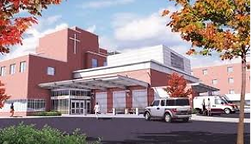
Two outstanding medical centers, Charlton Memorial Hospital and Saint Anne’s Hospital, are the cornerstones of Fall River’s comprehensive healthcare system. Several outpatient clinics and surgical centers complement our hospitals, which also enjoy close working relationships with the world’s leading medical institutions in nearby Boston and Providence, Rhode Island.
From Battleship Cove to the Olmsted parks that sprawl across a hilly landscape, family leisure and recreational activities are still very much a part of everyday life in Fall River. With the Taunton River and Mount Hope Bay at our doorstep and the Atlantic Ocean only minutes away, the region’s coastal area offers outstanding opportunities for sailing, swimming, boating and fishing. Visitors and residents alike delight in Fall River’s Old World charm, with its many festivals, shops and boutiques, restaurants and a colorful, bustling waterfront.
QUALITY OF LIFE
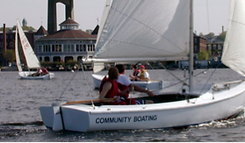
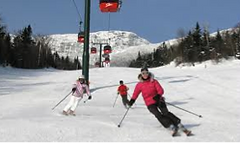
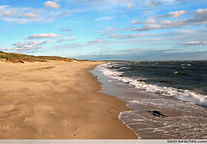
HISTORY AND ARCHITECTURE
As the nineteenth century drew to a close, Fall River was well on its way to becoming the textile capital of the world. Much of that rich history has been preserved through the efforts of the Fall River Historical Society and its work with other preservation groups. Today, Victorian mansions and imposing Gothic churches survive side-by-side with Cape Cod cottages, sturdy New England farmhouses, historic granite mills and modern waterfront developments.
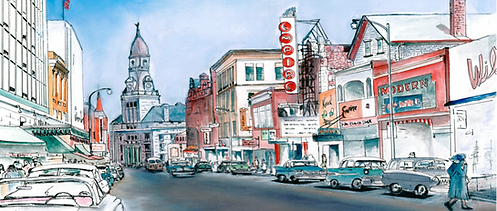
Fall River’s lovely parks and unique museums offer a number of attractions and recreational opportunities. Battleship Cove, featuring the Battleship Massachusetts, is home to the world’s largest collection of World War II – era fighting ships. Nearby, along the waterfront, a striking Victorian pavilion houses the Fall River Carousel. This fully restored, hand-carved masterpiece overlooks Heritage State Park, with its boardwalk and meadows.
Frederick Law Olmstead, the father of landscape architecture in America, designed three of the Fall River’s parks: North Park (1901), Ruggles Park (1903), and Kennedy Park (originally called South Park).
History buffs will enjoy the Lizzie Borden exhibit at the Fall River Historical Society, not far from the scene of the actual murders. For a flavor of the city’s romantic past, stop by the Marine Museum, featuring unique exhibits of the Old Fall River Line and the Titanic, and the Old Colony & Fall River Railroad Museum.
PARKS AND MUSEUMS
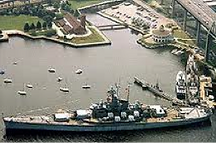
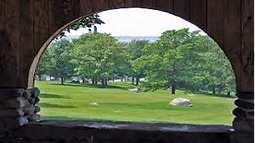
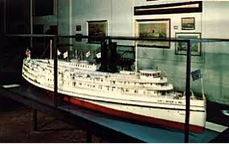
Fall River’s richly diverse cultural and ethnic mosaic is visible in its neighborhoods and restaurant districts. There are the cobblestones of the quaint Columbia Street Cultural District and the Victorian heritage of our Highland District. Delicious ethnic dishes are available in dozens of restaurants and bakeries throughout the city. A number of festivals and religious feasts are held annually, drawing thousands to the area. And the cultural centers of Boston, Providence and Newport, Rhode Island offer additional museum, theater and sporting opportunities.
DIVERSE CULTURAL HERITAGE
